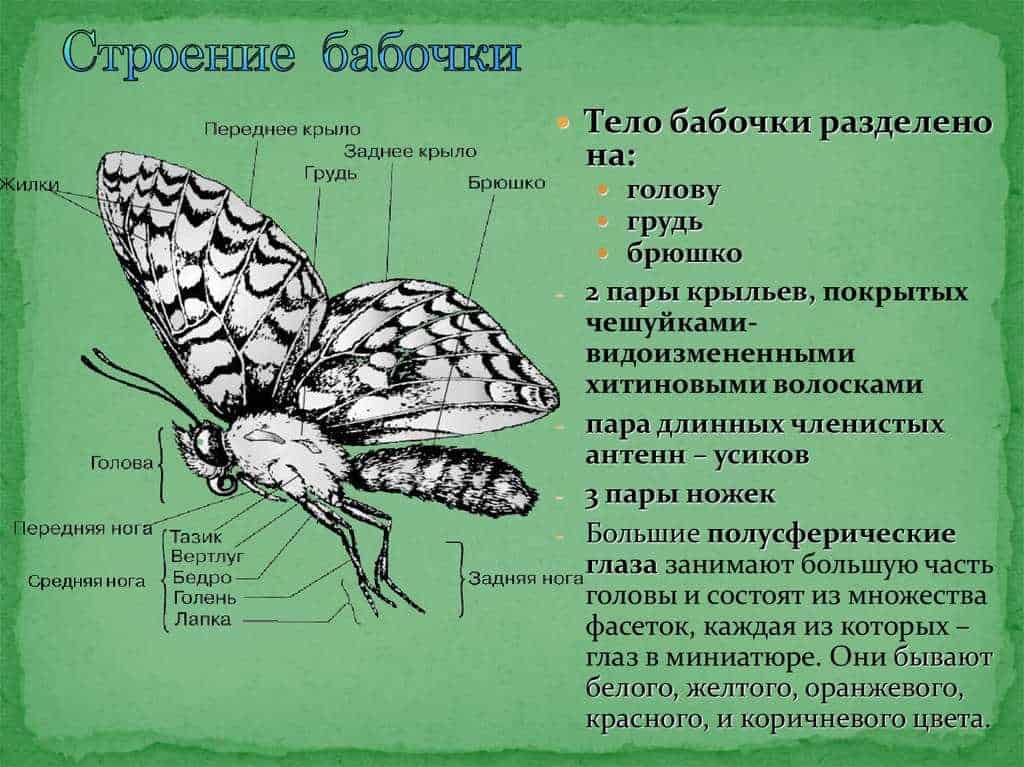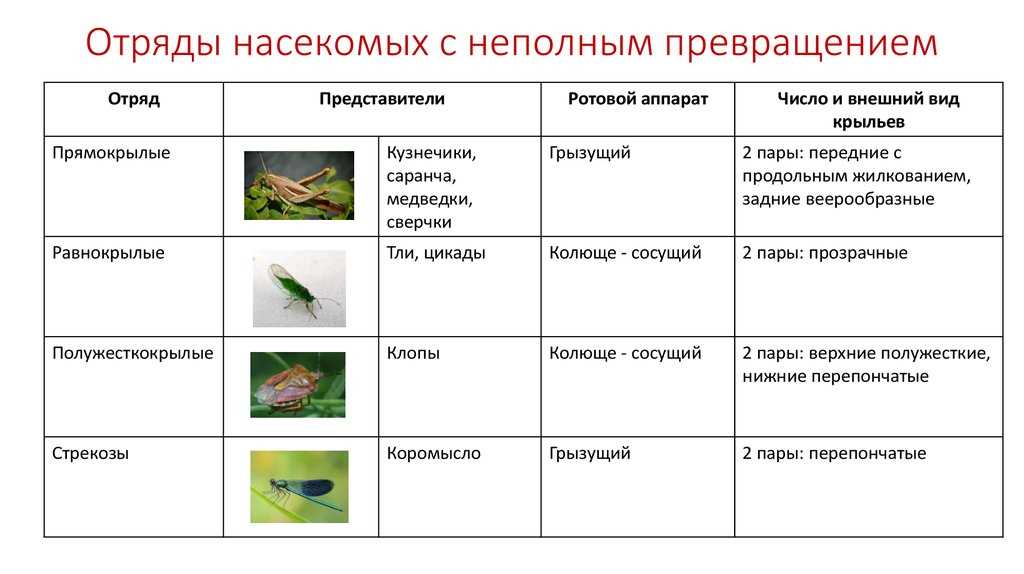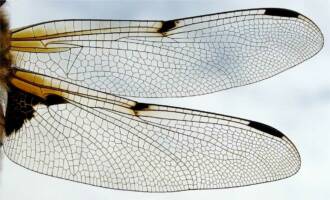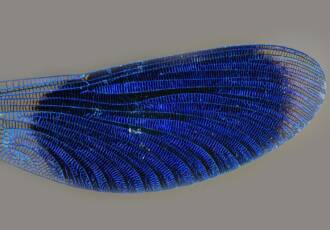
Butterfly eyes are an amazing example of evolutionary development and adaptation. They are an important part of their appearance and perform several key functions. First, the eyes of butterflies play a role in protecting them from predators. Due to their bright and varied color, they can distract the attention of predators from the more vulnerable parts of the butterfly's body. This helps them survive and avoid danger.
Secondly, butterfly eyes play an important role in attracting partners. In many species of butterflies, the eyes are located on the wings and create the illusion of large eyes. This can be very attractive to other butterflies and aid in the breeding process. Males with larger and brighter eyes on their wings may attract more attention from females and have a better chance of breeding successfully.
In addition, the eyes of butterflies can act as a disguise. In some species of butterflies, the eyes are shaped and colored similar to those of birds of prey or other predators. This allows the butterfly to look more dangerous and cause predators to retreat. This disguise helps them avoid attacks and increases their chances of survival.
Overall, butterfly eyes are an amazing example of evolution and adaptation. They perform several important functions such as defense against predators, attraction of mates, and camouflage. Thanks to these adaptations, butterflies can survive in a variety of environments and reproduce successfully.
The history of the development of the eye in butterflies

Butterfly wing eyes are one of the most exciting evolutionary adaptations that allow them to survive and attract mates. The history of the development of these eyes is millions of years old and is an amazing evolutionary story.
The first signs of an eye butterflies appeared about 40-50 million years ago. In the early stages of development, the eyes were small and inconspicuous, but over time they became more complex and varied. It is these eyes that give the butterflies a unique and attractive appearance.
One of the theories for the development of the eye butterflies have a theory of mimicry. According to this theory, the ocelli serve to imitate the eyes of predatory animals in order to divert attention from the vulnerable parts of the butterfly's body. Such mimicry helps butterflies avoid predators and increase their chances of survival.
However, eyes also play an important role in attracting partners. They are a sexual signal indicating a strong and healthy individual. The larger and brighter the eyes, the more likely the butterfly is to attract attention and find a suitable breeding partner.
Thus, the development of the eye in butterflies is a long process of evolution, which is explained by mimicry and sexual selection. The eyes are not only a protective mechanism, but also an attractive signal for partners, ensuring the survival and reproduction of these beautiful insects.
Evolutionary changes in the eyes of butterflies

Eyes, or ocelli, are one of the most noticeable features of butterflies. They are specialized sections of the wings that can perform various functions during the life of these insects. Evolutionary changes in the eyes of butterflies play an important role in their survival and attraction of mates.
One of the main functions of the peephole in butterflies is protection from predators. Some species of butterflies have ocelli that mimic those of larger animals such as birds or lizards. This allows the butterflies to intimidate potential predators and evade attacks. Also, eyes can serve as a signal indicating certain characteristics of butterflies, such as their taste or toxicity.
In addition to the protective function, eyes also play an important role in attracting partners. Some types of butterflies have brightly colored eyes that serve as a signal to the opposite sex. These eyes can be part of the intricate patterns on butterfly wings and help attract the attention of partners during the mating season. Thus, evolutionary changes in the eyes of butterflies are an adaptation that increases their chances of successful reproduction.
All in all, butterfly eyes are an amazing example of the evolutionary changes that help these insects survive in challenging environments and attract mates. They represent an important element in the biological architecture of butterflies and showcase the diversity and beauty of nature.
Unique features of the eye of butterflies
Butterfly eyes are one of the most exciting features of their appearance. These small, round spots on butterfly wings come in a variety of shapes, colors, and arrangements. They perform several important functions that help butterflies survive and attract mates.
The main function of the eyes of butterflies is protection from predators. Due to their bright and unusual appearance, the eyes can distract the attention of the predator and give the butterfly a chance to escape. In addition, the eyes can create the illusion of a larger size and a frightening appearance, which can scare off the predator.
However, ocelli also play an important role in attracting mates. In many species of butterflies, the eyes on the wings are brightly colored and attract the attention of other butterflies. This helps them find a breeding partner. In addition, some species of butterflies use their eyes to deceive partners and distract them from their true reproductive organs.
A feature of the butterfly eyes is their diversity. They can have different shapes - round, oval, triangular and even complex mosaic. They can also be of different colors - from bright and saturated to pale and pastel. The location of the eyes on the wings can also be different - they can be concentrated in one area or evenly distributed over the entire surface.
The use of eyespots in butterflies is a unique adaptive mechanism that helps them survive and attract mates. These small round spots on the wings of butterflies are a real work of art of nature that is impossible not to notice and not to be amazed.
The role of the peephole in the survival of butterflies

Eyes, or ocelli, are an important attribute of butterflies and play a significant role in their survival. They are specialized sections of the wings that mimic the eyes of animals or birds. Such mimicry allows butterflies to survive in an environment where they are under constant threat from predators.
One of the ways that ocelli contribute to the survival of butterflies is their role in creating the illusion of larger size and danger. In many birds of prey and insectivores, the eyes are considered threatening and dangerous, so they avoid attacking objects that seem too large or dangerous to them. The imitation of eyes on the wings of butterflies allows them to create such an illusion and scare off potential predators.
In addition, ocelli also play an important role in attracting mates and breeding butterflies. In many species of butterflies, males use ocelli on their wings to attract females. Bright and large eyes signal the strength and health of the male, which makes him more attractive to females. In this way, ocelli help butterflies to find and select a suitable breeding partner.
Protective eye function

The eyes on the wings of butterflies may have a protective function, helping them to survive in the environment where they are. One way ocelli can help butterflies is to create the illusion of a larger body. When a butterfly opens its eyed wings, it can appear large and dangerous to predators.
In addition, ocelli on butterfly wings can serve as a distraction tactic. They can draw the attention of predators and distract them from the butterfly's most vulnerable spot, such as the head or body. Predators can be involved in small eyes and not notice the butterfly itself.
Some eyes on butterfly wings have luminous properties, which may serve as another protective function. In the dark, glowing eyes can distract predators and make them lose interest in the butterfly.
Thus, the eyes on the wings of butterflies perform an important protective function, helping them to deceive predators and increase their chances of survival.
How ocelli help butterflies detect predators

The eyes, or ocelli, of butterflies play an important role in detecting predators. They are small dotted eyes located on the edges of the wings. Due to their location and special structure, ocelli allow butterflies to detect moving objects around them.
Ocelli contain special light receivers that respond to rapid movement and changes in light intensity. When a butterfly notices movement, its eyes automatically react to it and transmit the information to the brain. This allows the butterfly to react to danger and quickly fly away from the predator.
Ocelli also play an important role in detecting predators in conditions of poor visibility, such as darkness or heavy rain. Due to their special structure, the eyes are able to detect even weak light, which allows the butterfly to respond to threats even in dark conditions.
Thus, the ocelli on the wings of butterflies are an important adaptive advantage that helps them detect predators and defend themselves from danger. Thanks to these eyes, butterflies can quickly react to threats and save their lives.
Eyes as a means of attracting partners

Butterfly eyes play an important role in attracting mates during breeding. They are bright rounded spots on the wings of butterflies that mimic the eyes of animals. These eyes can be of different sizes, shapes and colors, depending on the type of butterfly.
Eyes serve as an attractive signal for partners during the act of reproduction. They attract the attention of other butterflies and help them determine the sex and age of a partner. In addition, the eyes can serve as a signal of the health and strength of the butterfly, as bright and well-defined eyes indicate a good genetic background and ability to survive.
The eyes can also serve as a defense against predators. The imitation of animal eyes can divert the predator's attention and cause it to shift its attack to a safe place. Thus, the eyes not only attract partners, but also contribute to the survival of butterflies in the environment.
Bright eyes and their attractiveness to males

The bright eyes of butterflies play an important role in attracting males. They are bright rounded spots on the wings, which can be of various colors and sizes. The use of such bright markers is an evolutionary adaptation that allows females to attract the attention of males and increase their chances of breeding.
Bright eyes have high contrast and brightness, which makes them very noticeable to males. These ocelli may be located in prominent places on the wings, which increases their effectiveness in attracting the attention of males. In addition, the eyes can have different shapes and patterns, which makes them even more attractive and interesting for males.
The attractiveness of bright eyes for males is associated with their evolutionary significance. Males usually choose females with brighter and larger eyes, as this signals their health, strength and ability to reproduce. Also, the presence of bright eyes may indicate a high adaptability and survival of the female, which is also attractive to males.
Thus, the bright eyes of butterflies play an important role in attracting males and increasing the chances of reproduction. They are evolutionary adaptations that allow females to attract the attention of males and emphasize their attractiveness and ability to reproduce.
The role of the peephole in signaling readiness for reproduction

The eyes on the wings of butterflies are bright and visible elements of their appearance, which play an important role in signaling the readiness to breed. These bright spots and stripes on the wings of butterflies not only attract the attention of partners, but also serve to determine the status and maturity of the individual.
The eyes on the wings of butterflies are a kind of signal signs that convey information about the genetic quality and ability to reproduce an individual. Larger and brighter eyes on the wings indicate a high reproductive capacity and health of the individual, which makes it more attractive to potential partners.
In addition, the eyes on the wings of butterflies can act as a defense mechanism against predators. Their brightness and conspicuity distract the attention of predators, drawing them towards them and taking them away from more vulnerable parts of the body. Thus, the eyes on the wings of butterflies serve not only to attract partners, but also to ensure the survival of the individual in its natural environment.
It is important to note that the evolution of ocelli in butterflies occurred as a result of natural selection, which contributed to the development of brighter and more conspicuous ocelli in individuals with advantages in reproduction and survival.
Benefits of Eye Evolution in Butterflies

Butterfly wing eyes are an evolutionary adaptation that gives them many advantages in survival and attracting mates.
1. Mimicry: The eyes on the wings of butterflies play an important role in their mimicry. They can mimic the eyes of large birds of prey or other dangerous animals, which creates the illusion of threat and deters would-be predators.
2. Protection against predators: Butterfly wing eyes can distract predators from their actual vulnerable body parts. When the butterfly opens its wings, the eyes can give the illusion of movement and distract the predator from the butterfly's head or body.
3. Attracting partners: The ocelli on butterfly wings also play an important role in attracting mates. They serve as a signal to other butterflies, indicating that they are ready to breed. Distinctive and bright eyes can attract attention and increase the chances of successful breeding.
So, the evolution of the eyes in butterflies provides them with advantages in survival and attraction of partners. They help butterflies protect themselves from predators and create the illusion of danger, as well as serve as a signal to attract partners. These adaptations are the result of millions of years of evolution and an essential element in the life and survival of butterflies.
Increasing the chances of survival
The evolution of ocelli in butterflies is essential to their survival in the environment in which they live. The eyes on butterfly wings are small circles or ovals that mimic the eyes of predators or other dangerous creatures. This imitation allows the butterflies to intimidate would-be predators and draw their attention away from their vulnerable body.
The imitation of eyes on butterfly wings also plays an important role in sexual selection. Male butterflies usually have more eyes than females and use them when competing for a mate. The female prefers the male with brighter and more varied eyes, which indicates his strong immune system and ability to survive in the environment.
An increase in the chances of survival is also associated with the effectiveness of the imitation peephole. The more realistic and deceptive eyes, the more likely the butterfly will avoid a predator attack or attract the attention of a potential mate. Through the evolution of ocelli, butterflies have a unique defense and attraction mechanism that enables them to survive and reproduce in a variety of conditions and environments.
Successful competition for partners
The evolution of ocelli in butterflies plays an important role in their competition for mates. The eyes on the wings of butterflies serve as a signal to attract attention and identify potential partners. This evolutionary adaptation gives butterflies an advantage in the fight to reproduce.
Butterflies with bright and expressive eyes on their wings are more likely to attract a mate and reproduce successfully. These eyes can be of different sizes and colors, which allows butterflies to differ and stand out from other individuals. The more expressive eyes, the more likely it is to attract the attention of a partner and successful reproduction. This allows the butterflies to be more successful in competing for mates.
The ocelli on the wings of butterflies also play a role in deceiving predators. They can create the illusion of being larger and more dangerous by drawing the attention of predators away from the butterfly's main body. This helps the butterflies survive and reproduce successfully.
So, the evolution of ocelli in butterflies is an important strategy for successful competition for partners. They help attract the attention of mates, deceive predators, and ensure successful breeding. They are one of the key factors that determine the survival and prosperity of butterflies in nature.






